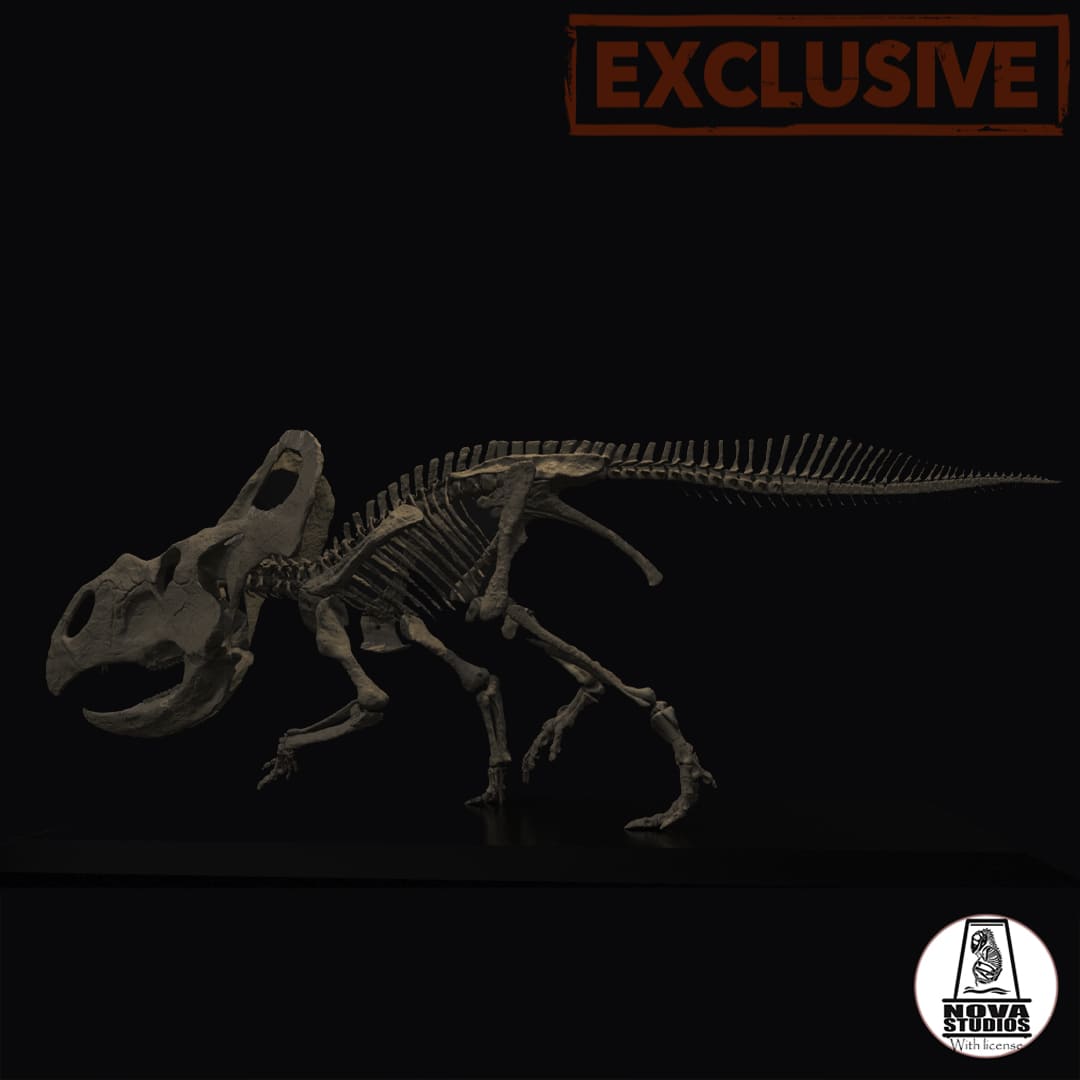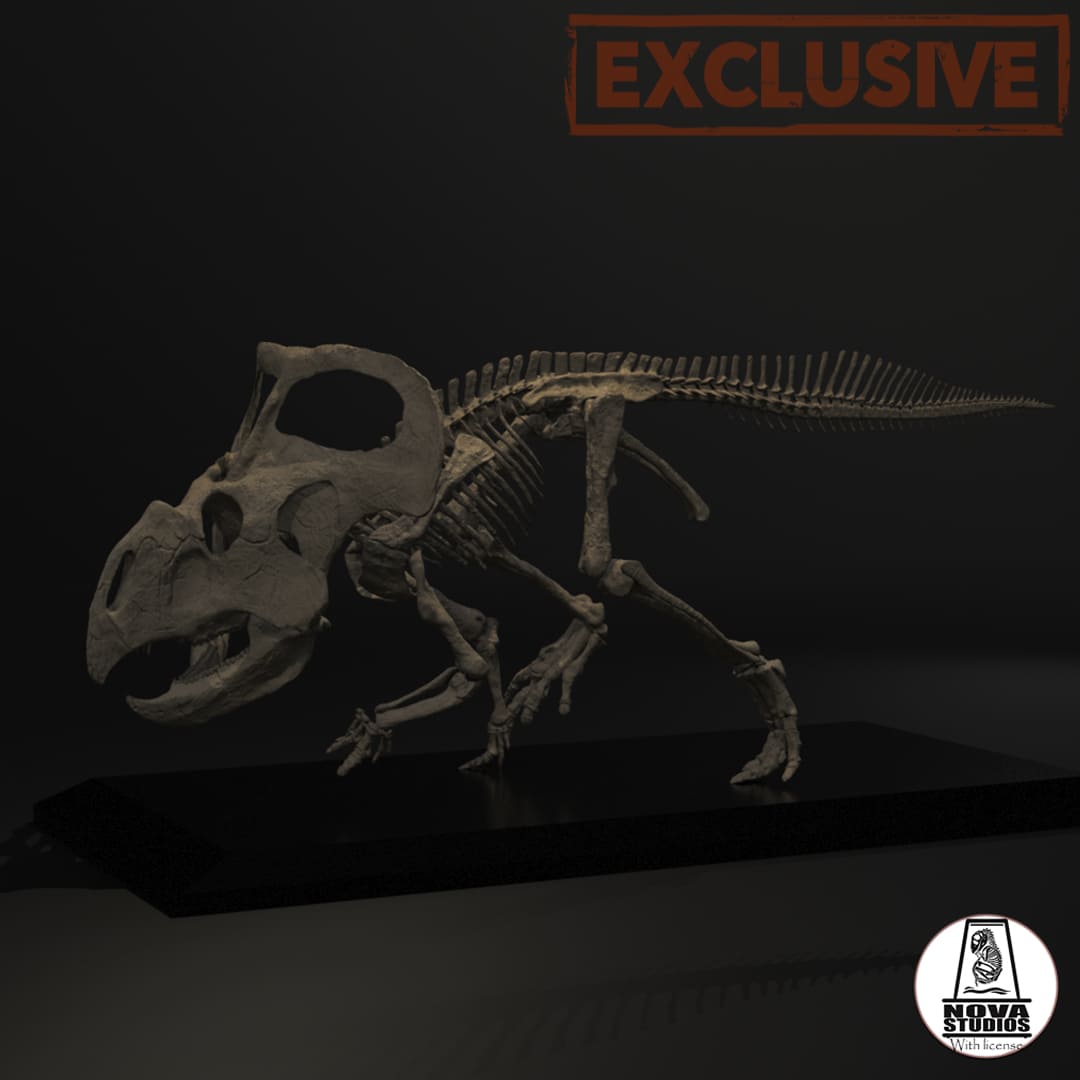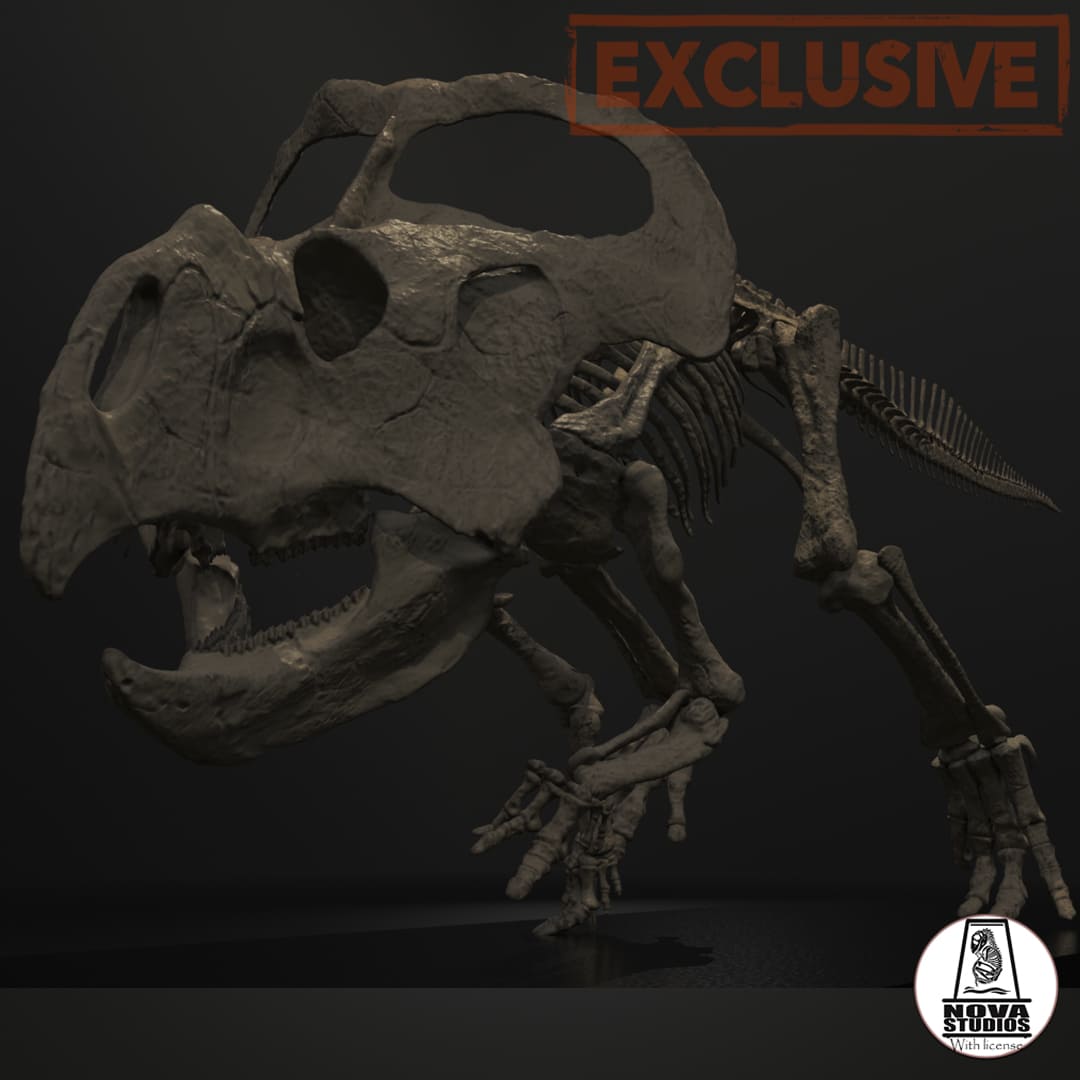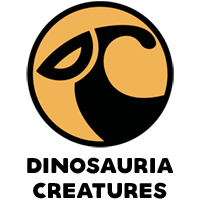



Protoceratops andrewsi
Do you want another scale?
Contact us and we will make it possible!
How will you receive your replica?
In the unprimed and primed variants, you will receive the complete replicas except for the large models, where you will receive an assembly kit.
In the hand-painted variant, the replicas will be delivered complete.
How does the painting service work?
We created a private chat for you where you will have direct communication with our painter , being able to choose your preferred color schemes and follow the hand painting process closely.
Pairs well with

Protoceratops andrewsi
If you have any questions, you are always welcome to contact us. We'll get back to you as soon as possible, within 24 hours on weekdays.
Shipping Information
Visit our shipping policy page to find all the information.
Customer Support
Give us a few details and we’ll offer the best solution. Connect by chat or email.
We are available 24/7.
FAQ’s
Visit our FAQ's page to find answers to common questions.
Contact Us
We'd love to hear from you. We are here to help. Visit our contact page to send us a message.
Product details
In terms of size, Protoceratops is relatively small compared to its famous later relatives such as Triceratops. Its average dimensions were around 1.5 to 2 meters in length, with an approximate weight of 80 to 100 kg in its adult stage. This compact size suggests that it was well adapted to its environment, allowing it to move agilely and search for food in a dry and sparsely vegetated habitat. It had a robust and compact body, supported by short limbs, of which the hind limbs are somewhat longer than the front ones, indicating that it could move both in a quadrupedal posture and in an occasional bipedal posture to reach leaves or escape predators.
One of the most distinctive features of Protoceratops andrewsi is its skull, which was large compared to the rest of the body, occupying almost a third of its total length. It has a remarkably short neck, crowned by a bony shield that, although relatively small compared to that of other later ceratopsians, is distinctive for its arched structure. This shield, or frill, did not have prominent horns like those seen in other more advanced ceratopsians, but its robustness suggests a function of protection and possibly also of display or intraspecific communication. The jaws were equipped with a strong, curved beak, ideal for cutting through tough plants, suggesting that its diet consisted of low, tough vegetation, such as cycads, ferns, and other plants adapted to arid environments.
The skeleton of Protoceratops andrewsi reveals important adaptations to its way of life. Its front limbs are robust, and the structure of its hands suggests that it probably supported its weight on them when moving. The hind limbs are longer and more slender, suggesting that it could raise itself slightly to reach higher vegetation. In addition, recent studies indicate that its hip structure is similar to that of other ceratopsians, with a strong pelvis that gave it stability and balance.
Another fascinating fact about Protoceratops is the discovery of several fossil nests, which provide direct evidence of its reproductive behavior. These nests contain offspring at different stages of growth, suggesting that there was a certain degree of parental care, an advanced behaviour in dinosaurs that reinforces their relationship with the group of social ornithischians. The most recent paleontological studies have also revealed that the development of young specimens shows notable changes in the shape of the skull and the ruff as they mature, indicating that these structures probably had a role both in defence and in communication or recognition between individuals.
Incredible and novel replica with museum quality and a high degree of scientific rigour.
Approximate measurements of the Protoceratops:
- 1:3 scale Easy-to-assemble kit with metal joints
- Length 595 mm
- Height 232 mm
- Width 162 mm
- Snout-tail length 633 mm
- Solid parts
- Includes supports
- Base not included
- 1:1 scale Easy-to-assemble kit with metal joints
- Length 1781 mm
- Height 695 mm
- Width 485 mm
- Snout-tail length 1900 mm
- Solid parts
- FREE SHIPPING AND PACKAGING IN PALLETIZED WOODEN BOX
See photo
Information about aftershocks
Collector's item ; Hyper-realistic replica, highly detailed and with a high degree of scientific precision.
Made to scale, prototyped in resin and with a scenic base in most of the models offered. If you like miniatures, both for collecting and for painting, we offer you a wide variety of scale replicas; All of them related to dinosaurs, extinct prehistoric fauna and current fauna.
So if you love dinosaurs and animals as much as we do, this is your favorite store to collect and paint them :)
We are authorized distributors of all the replicas and figures we offer. We use 3D printers with 8K - 14K resolution, and high-quality resins with additives to improve hardness and flexibility, thus offering replicas of impeccable quality.
Different scales will be used to make the replicas (depending on the size of the species), although we are open to making other suggested scales upon request as long as they fit in our printing trays, for which you will have to contact us via email and request the required size.
Replicas are supplied with the option of airbrush priming in dark grey. If you require another colour, please let us know which one you prefer in the box with special instructions for the seller. Without priming, we do not guarantee that the resin will accept paint.
We also offer the option of choosing a professionally painted replica, which is agreed upon throughout its development with the painter, through a private chat available.
Complete replica (one piece): We supply complete replicas in those models that are small, and models that are medium, large or not very bulky, will have the prerogative of being presented as a complete replica or assembly kit as the case may be.
Complete replicas will be supplied separately from their base.
Replica assembly kit: We supply replicas whose models are large, very large or bulky, only with this option.
The indicated replicas (generally composed of base, head, body and tail) will come prepared for the subsequent assembly that will be required by the client, by sanding, putty, adhesive or technique chosen by the client.
All replicas are thoroughly inspected before shipping and will be carefully packaged to prevent damage during transport.
Information about the models
The poses of the models aim to represent each character in the most scientifically viable way, thus revealing the life and customs of prehistoric and modern fauna.
Each character has its own personality and develops in different life scenarios; birth, adolescence and play, hunting, feeding, fighting, courtship, death and many other scenes from their daily life, always from the creative perspective of their designers.
Handmade
All orders are individually prepared on the cutter for subsequent prototyping, obtaining a resin part that will require post-processing by manual and ultrasonic cleaning, support removal, ultraviolet curing, labeling and packaging.

We are authorized distributors
We offer both our own physical replicas and those that have been modeled by many of the best 3D designers, in order to offer you the greatest possible variety.
Frequently Asked Questions
If you have any questions about products, orders or shipping, please read our FAQ page to learn more.
